American Boxwood, Boxwood, Common Box, Common Boxwood, European Box
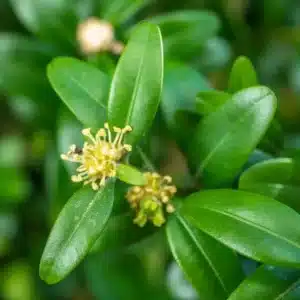
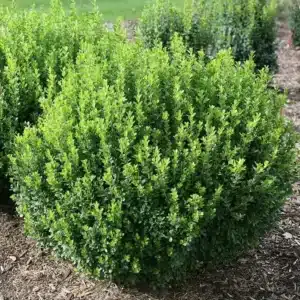
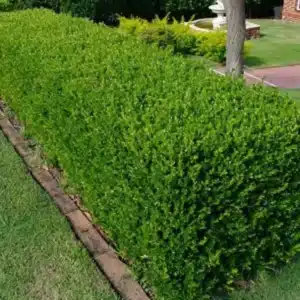
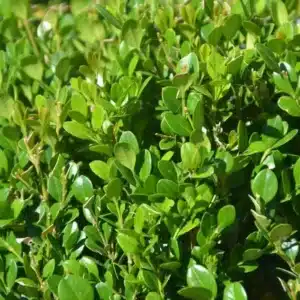
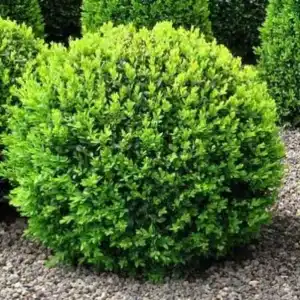
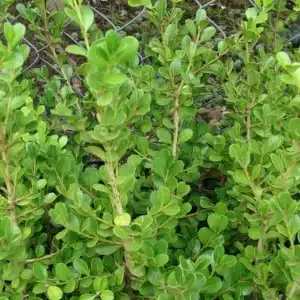
Each American boxwood requires at least 12 ft. The shrub is well adapted for a variety of soil textures including clay, loam and sand. American boxwood grows best in full sun, but will tolerate a partial sun exposure. The soil bed should have good drainage. Propagation is by stem cutting.
American boxwood is a low-maintenance shrub. It should be kept moist but not wet. The shrub does not require staking. Water regularly during the growing season.
During the growing season top-dress regularly with organic fertilizer or with slow-release fertilizer granules. A 10-10-10 balanced slow-release granular fertilizer is suitable.
Routine pruning is not necessary. Dead or damaged branches may be removed at any time. Prune into a desired shape or cut back the scrub to control size in late spring/summer.
Boxwood blight and the Box tree caterpillar are two of the most common problems with Buxus but they are easy to treat. The caterpillars of the Buxus moth can even be treated biologically. Box tree caterpillars are bright green with a blackhead. This Asian butterfly can grow as big as 4 cm. The caterpillars of the Buxus moth can be easily controlled both chemically and biologically. Products based on Bacillus thuriengensis selectively control insect pests without harm to birds or permanent environmental residual effects. Boxwood blight is caused by CALONECTRIA PSEUDONAVICULATA a fungal disease that causes loss of leaves and browning of the boxwood. The disease is controlled by foliar application of systemic fungicides.












